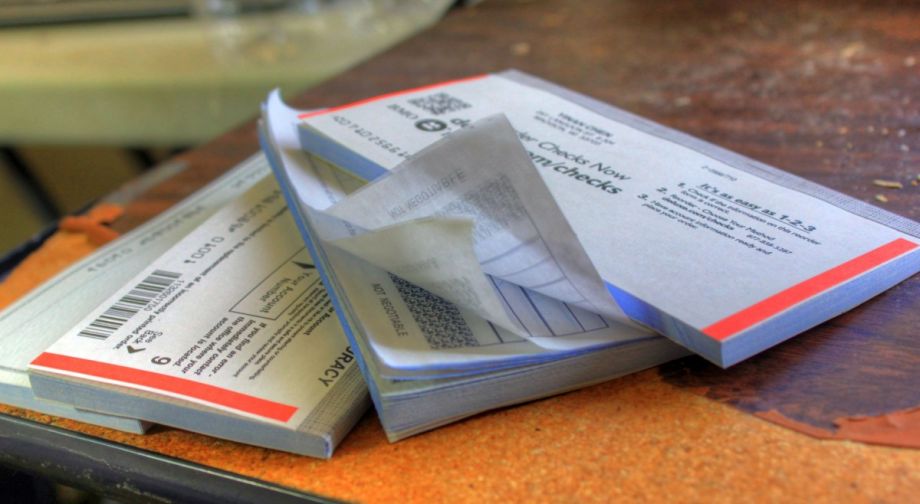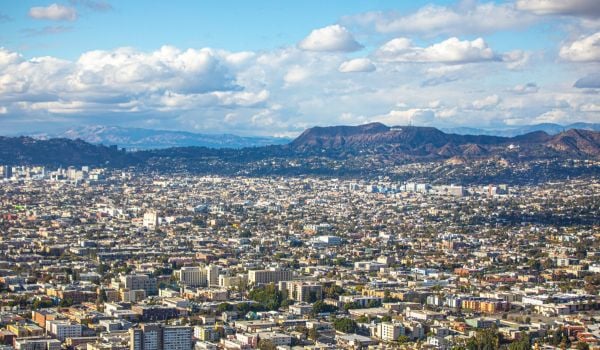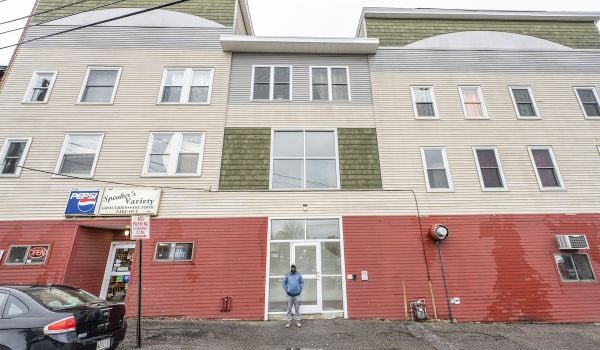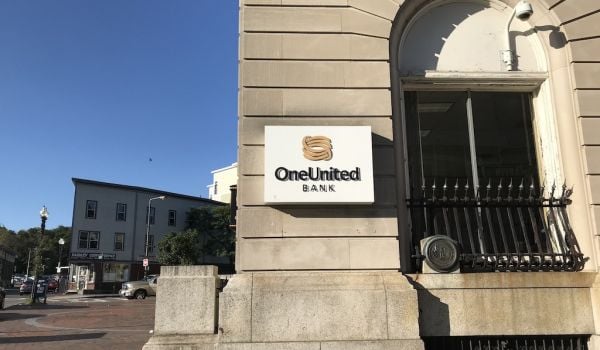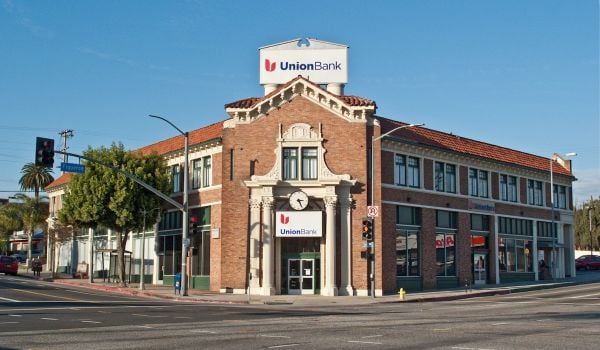Here is what we know so far about the new $349 billion “Paycheck Protection Program” loans guaranteed by the Small Business Administration in response to the economic disruption from the COVID-19 pandemic. All or part of each loan may be forgiven. Most of the info below is from this document and also from the U.S. Treasury Department’s guidance posted here (supplemented by some reporting I’ve been doing so far):
1. The PPP forgivable loans are available through banks, credit unions, farm credit system institutions and some non-bank lenders.
Typically, SBA-guaranteed loans are issued through certified lenders in the SBA’s 7(a) program, but SBA’s 7(a) lending partners make around $25 billion in SBA-guaranteed loans in an average year. To make $349 billion in the first round of PPP, the Treasury has decided that it’s all hands on deck, allowing all banks and credit unions to sign up to make PPP loans.
Update: In round 1, 4,975 lenders made a total of more than 1.6 million PPP loans, and the program ran out of money by April 16. According to SBA, the average loan size was $206,000, and 74 percent of the loans were for $150,000 or less. Round 2 of PPP opened at 10:30 a.m. on April 27.
There are even more lenders already signed up for Round 2, including more CDFIs (community development financial institutions), which have a specific mission to focus on lending for low-to-moderate income communities. Round 2 specifically sets aside $30 billion in PPP authority for CDFIs, as well as $30 billion for smaller banks and credit unions (those with $10 billlion in assets up to $50 billion).
2. Entities eligible for PPP loans include: Small businesses, 501(c)(3) nonprofits, 501(c)(19) veterans organizations, or tribal businesses that have fewer than 500 employees, with some limited higher thresholds for certain industries based on SBA guidelines.
As of April 10, PPP applications opened to individuals who operate a sole proprietorship or as an independent contractor or eligible self-employed individuals, including artists and performers. Self-employed individuals can apply for a PPP loan or the newly expanded unemployment benefits, but not both, so you’ll want to consider which makes more sense for your situation.
Also eligible is any food or accommodation franchise or corporate location that employs not more than 500 employees onsite. Each eligible location may apply for a PPP loan.
Update: the SBA issued further guidance clarifying that religious organizations are able to obtain a PPP loan to the extent they meet other CARES Act critieria.
Update: some businesses or self-employed individuals may not be eligible, such as legal sex workers or “passive” businesses used in real estate for financing purposes. Consult the SBA Standard Operating Procedures for lenders, starting on page 103.
3. The maximum PPP loan size depends on your business situation. If you were in business February 15, 2019 – June 30, 2019, the maximum you can borrow is equal to 250 percent of your average monthly payroll costs during that time period; if your business employs seasonal workers, you can opt to choose March 1, 2019 as your time period start date.
If you were not in business between February 15, 2019 – June 30, 2019, the maximum you can borrow is equal to 250 percent of your average monthly payroll costs between January 1, 2020 and February 29, 2020.
If you took out an Economic Injury Disaster Loan (EIDL) from the SBA between February 15, 2020 and June 30, 2020 and you want to refinance that loan into a PPP loan, you would add the outstanding loan amount to the 250 percent payroll sum. Depending on the terms of your specific SBA disaster loan, it may be better or it may not be better for you to refinance it into your PPP loan. Check with an accountant or banker.
Regardless of your situation, there is an overall program cap of $10 million per PPP loan.
For sole proprietorships, independent contractors, and eligible self-employed individuals, the guidance from SBA says their monthly payroll amount can be based on the gross income on their most recently filed tax returns, any 1099s, or even bank statements from 2019 that they can submit as documentation to lenders.
You can borrow more in a PPP loan than is eligible to be forgiven. See item 9 and speak with your lender to determine with certainty how much of the loan is forgivable.
4. Payroll costs for the purpose of calculating the size of the loan you are eligible for include: Compensation including salaries, wages, commissions up to $100,000 per employee and also payment of cash tips or equivalent (emphasis mine). It also includes payment for vacation, parental, family, medical or sick leave and severance pay. Payments for group health care benefits, including insurance premiums, retirement benefits, and state or local taxes assessed on employee compensation are also eligible to include.
To reiterate, your employer can request a PPP forgivable loan that includes lost tips — the interim final rule suggests that an employer can use records or “a reasonable good-faith estimate” of tips.
Update: Small businesses or nonprofits currently cannot count independent contractors as employees for the purposes of PPP loan calculation. There are some now calling on SBA to reverse this position. Stay tuned for more updates.
5. In addition to eligible payroll costs, PPP forgivable loans can also cover payments of interest on a business’s mortgage obligation, rent, utilities, and interest on any other debt obligations that were incurred before February 15, 2020.
6. There are also costs that are not eligible to include in a PPP loan.
Non-eligible payroll costs include: Employee/owner compensation over $100,000. Taxes imposed or withheld for payroll taxes, railroad taxes and retirement benefits, and income taxes withheld on wages. Paying employees who principally live outside the United States. Qualified sick and family leave for which a credit is available under sections 7001 and 7003 of the Families First Coronavirus Response Act, a separate law that offered tax credits for paid sick leave under certain conditions.
7. PPP forgivable loans do not require personal guarantees or collateral.
Cooperatives, go wild!
8. Each loan comes with six-months deferment, and there are no fees associated with the loans so it’s possible you can take out a PPP loan, have it be forgiven later and pay nothing for it.
9. There is a seperate formula for calculating your PPP forgiveness amount. It is eight weeks of payroll plus rent or mortgage interest payments plus utility bills paid in the first eight weeks after being approved for your loan. The SBA and Department of Treasury are planning to limit the amount of non-payroll costs for forgiveness. A maximum of 25 percent of the forgiveness amount may go toward non-payroll expenses. This means if you don’t use any of your PPP loan to cover payroll, you won’t get any amount of your loan forgiven.
In order to get your loan forgiveness amount, you must verify you did indeed pay the costs eligible for the forgiveness. You can apply to your lender for loan forgiveness eight weeks after getting approved for your loan, with the necessary documentation to prove you spent the loan proceeds on eight weeks of payroll, rent or mortgage interest and utilities. Your individual lender then has 60 days to verify and process loan forgiveness applications. If a business has maintained its employee headcount it had as of February 15, 2020, it will get the full forgiveness amount. If its headcount is less than that, its loan forgiveness will be reduced according to another formula.
Small businesses cannot count payments to independent contractors for loan forgiveness calculation purposes (independent contractors themselves can apply for loan forgiveness themselves, of course).
10. Any remaining PPP amount balance not covered by your PPP forgiveness amount will be due over a term of 2 years, at an interest rate of 1 percent.
However, you won’t have to begin making payments for six months after initially getting a PPP loan, although interest will still accrue during that time. Update: Your forgiveness amount can include accrued interest. SBA will simply pay lenders directly on behalf of borrowers up to their eligible forgiveness amount.
11. The regulations are not finalized yet, so it is not 100 percent clear to the lenders I’ve interviewed so far what documentation will be necessary for these loans or, later, for loan forgivness. It’s the biggest question on their minds right now, because more documentation means less chance of fraud, meaning more assurance workers will benefit as promised. But the more documentation needed, the slower the process tends to be. It’s a balance that has to be struck. In general, for loan applications expect to bring any documentation of eligible payroll costs paid in the past year or before February 15, 2020. For loan forgivness, which requires a seperate application eight weeks after receiving a PPP loan, bring documentation of payroll paid, plus documentation for any lease or mortgage interest payments, and utility bill payments.
EDITOR’S NOTE: This is a developing story. We’ll update it as more guidance becomes clear or changes.
This article is part of The Bottom Line, a series exploring scalable solutions for problems related to affordability, inclusive economic growth and access to capital. Click here to subscribe to our Bottom Line newsletter.

Oscar is Next City's senior economic justice correspondent. He previously served as Next City’s editor from 2018-2019, and was a Next City Equitable Cities Fellow from 2015-2016. Since 2011, Oscar has covered community development finance, community banking, impact investing, economic development, housing and more for media outlets such as Shelterforce, B Magazine, Impact Alpha and Fast Company.
Follow Oscar .(JavaScript must be enabled to view this email address)



